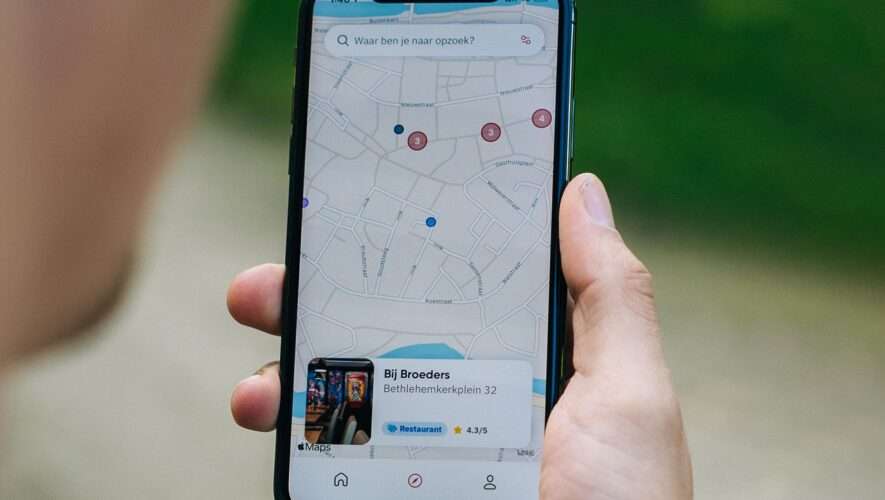If you’ve ever parked your car in an unfamiliar location and later struggled to find it, then you may be happy to learn Apple Maps app includes a feature that helps you quickly locate and return to your parked car quickly. The parked car feature uses Bluetooth or CarPlay. Basically, when you disconnect your iPhone from your car’s CarPlay or Bluetooth system and exit your vehicle, a marker will be dropped in the Maps app, which you can use to easily find the way back to your car.
POCKET-LINT VIDEO OF THE DAY
With a little bit of preparation, you’ll never have to worry about losing your car again. Here’s everything you need to know about how Apple’s parked car feature works.
How to find your parked car in Apple Maps
Apple’s parked car feature can be a real lifesaver – especially when you’re new to a city or unfamiliar with an area and worried about forgetting where exactly you left your car. By following this guide, you’ll be able to locate your car quickly and easily, ideally saving you time and reducing stress.
Step 1: Pair your iPhone to your car
First, you’ll need a vehicle equipped with Bluetooth or CarPlay technology, and then you must pair your iPhone to your car using either Bluetooth or CarPlay.
Step 2: Enable Location Services
In order for Apple Maps to remember where you recently parked your car, you need to make sure Location Services are enabled in the Settings app on your iPhone.
Go to Settings > Privacy & Security and make sure Location Services is turned on. Step 3: Turn on Significant Locations
This setting is usually turned on by default, but you can confirm by following these steps:
Open the Settings app on your iPhone. Go to Privacy & Security > Location Services > System Services > Significant Locations. Step 4: Enable the Show Parked Location
Now you need to enable the Show Parked Location option in Apple Maps.
Go to Settings > Maps and toggle the Show Parked Location switch to the “on” position. Step 5: Use Apple Maps to find Your Parked Car
When you’re ready to find your parked car:
Ensure that your iPhone is connected to your vehicle while driving. When you park, you’ll receive a notification from Apple showing where your car is parked. Open the Apple Maps app and look for the parked car icon. Tap the icon to see a map of your car’s location. When you’re ready to return to your car, use the navigation tools in the Maps app. Note: You can also choose Parked Car below Siri Suggestions on the search card to quickly find your parked car from your iPhone.
Troubleshooting Apple’s parked car feature
If you’re not getting Apple’s parked car feature to work correctly, just remember that Apple Maps won’t mark the location of your car if you frequently park in the same spot, such as at your home driveway or workplace garage. Here are some other limitations to keep in mind:
The feature may not work well in rural areas. It may be difficult to use in multi-level parking garages. So, it’s important to remember the limitations of this feature and to double-check your settings before parking your car and relying on the feature to work.
Pocket-lint
https://www.pocket-lint.com/how-to-find-parked-car-iphone-apple-maps/



